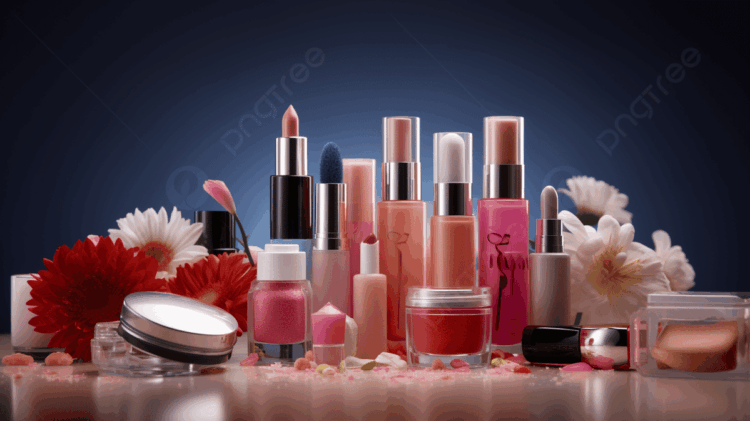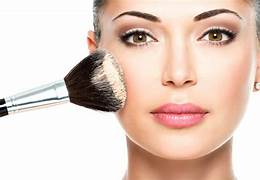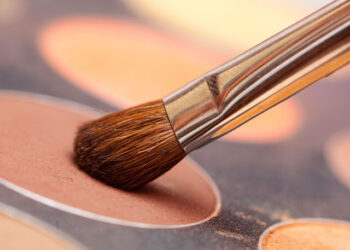Achieving truly radiant, healthy skin isn’t a quick fix; it’s a long-term commitment built on a foundation of consistent and effective practices. While countless products promise instant results, the real secret lies in understanding your skin’s needs and building a routine that nourishes it from the inside out. This guide will walk you through the essential steps, from daily habits to advanced treatments, to help you unlock your skin’s full potential and maintain a natural, healthy glow.
The Pillars of an Effective Skincare Routine

A solid skincare routine is the backbone of beautiful skin. It doesn’t have to be complicated, but it must be consistent. Think of it as a four-step process: cleanse, treat, moisturize, and protect.
A. Cleansing: The Crucial First Step
Proper cleansing is non-negotiable. It removes dirt, oil, makeup, and environmental pollutants that can clog pores and dull your complexion.
- Double Cleansing: For a truly deep clean, especially if you wear makeup or sunscreen, consider double cleansing. Start with an oil-based cleanser to dissolve oil-based impurities, followed by a water-based cleanser to wash away any remaining residue.
- Cleansing Time: Don’t rush this step. Gently massage your cleanser into your skin for at least 60 seconds to allow the ingredients to work effectively.
- Water Temperature: Use lukewarm water. Water that is too hot can strip your skin’s natural oils, leading to dryness and irritation.
B. Treatment: Addressing Specific Concerns
This is where you target specific issues like acne, hyperpigmentation, or fine lines. Serums are highly concentrated formulations designed to deliver potent ingredients deep into the skin.
- Vitamin C: An antioxidant powerhouse, Vitamin C protects against free radical damage, brightens the complexion, and boosts collagen production. It’s best used in the morning.
- Retinoids: Derivatives of Vitamin A, retinoids are the gold standard for anti-aging. They accelerate cell turnover, reduce fine lines, and improve skin texture. Start with a low concentration and use it in the evening, as they can make your skin more sensitive to the sun.
- Hyaluronic Acid: This humectant attracts and holds moisture, making it an excellent choice for all skin types, especially dehydrated skin. It plumps the skin and gives it a dewy look.
C. Moisturizing: Hydration is Key
Even oily skin needs moisture. A good moisturizer seals in hydration, strengthens the skin barrier, and keeps your skin soft and supple.
- Gel vs. Cream: Choose a moisturizer that suits your skin type. Gel moisturizers are lightweight and ideal for oily or acne-prone skin, while creams are richer and better for dry or mature skin.
- Application: Apply your moisturizer to slightly damp skin to lock in maximum hydration.
D. Protection: The Non-Negotiable Shield
Sunscreen is the single most effective anti-aging product. UV rays are the primary cause of premature aging, sunspots, and skin cancer.
- Daily Use: Apply a broad-spectrum sunscreen with an SPF of 30 or higher every single day, regardless of the weather.
- Reapplication: Reapply every two hours, or more often if you are swimming or sweating.
Lifestyle and Dietary Habits for Healthy Skin

Your skincare routine is only part of the equation. What you put into your body and how you live your life significantly impacts your skin’s appearance.
A. Diet: Fueling Your Skin from Within
- Hydration: Drink plenty of water throughout the day. Dehydrated skin looks dull and can be more prone to wrinkles.
- Antioxidants: Incorporate a diet rich in fruits, vegetables, and nuts. These foods are packed with antioxidants that fight inflammation and protect against cellular damage.
- Healthy Fats: Omega-3 and Omega-6 fatty acids found in avocados, salmon, and nuts are essential for maintaining a healthy skin barrier and keeping it moisturized.
B. Sleep: Your Body’s Repair Time
During sleep, your body goes into repair mode. This is when your skin’s cells regenerate and produce new collagen. Aim for 7-9 hours of quality sleep per night. Lack of sleep can lead to a dull complexion, puffy eyes, and increased stress hormones that can trigger breakouts.
C. Stress Management: The Mind-Skin Connection
Chronic stress can wreak havoc on your skin. It triggers the release of cortisol, a hormone that can increase oil production, leading to breakouts and inflammation. Find healthy ways to manage stress, whether through meditation, exercise, or spending time in nature.
Advanced Treatments and Tools
Once you have a solid routine and healthy habits, you can consider incorporating advanced tools and treatments to boost your results.
A. Exfoliation: Sloughing Off Dullness
Exfoliation removes dead skin cells, revealing a brighter, smoother complexion.
- Chemical Exfoliants: AHAs (Alpha Hydroxy Acids) and BHAs (Beta Hydroxy Acids) are excellent for chemical exfoliation. AHAs like glycolic acid are great for surface-level exfoliation and brightening, while BHAs like salicylic acid penetrate pores to clear out blackheads.
- Physical Exfoliants: These are scrubs with small particles. Use them sparingly and gently to avoid micro-tears in the skin.
B. Facial Tools
- Gua Sha and Jade Rollers: These tools promote lymphatic drainage, reduce puffiness, and improve blood circulation for a more contoured and glowing look.
- LED Masks: Light Emitting Diode masks use different wavelengths of light to target specific skin concerns, from reducing acne-causing bacteria (blue light) to stimulating collagen production (red light).
By embracing a holistic approach that combines a smart skincare routine with healthy lifestyle choices, you can achieve and maintain the luminous, healthy skin you’ve always desired.










